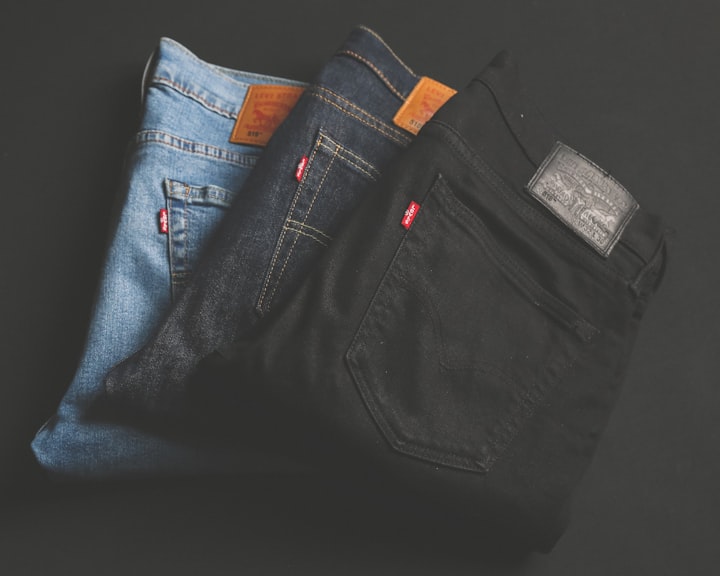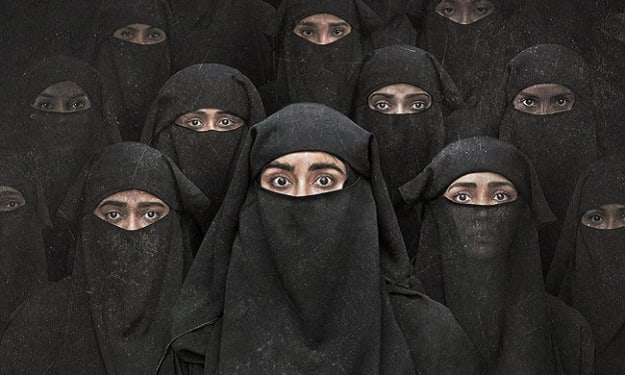Title: Denim Decoded: The Enduring Legacy of Jeans
Introduction
In the ever-evolving world of fashion, certain wardrobe staples stand the test of time, transcending trends and generations. One such iconic item is the pair of jeans. Jeans are more than just a piece of clothing; they are a cultural phenomenon, a symbol of rebellion, and a versatile fashion statement. In this article, we will delve into the rich history, evolution, and cultural significance of jeans, exploring why they have remained a beloved and essential part of our wardrobes for over a century.
The Birth of Jeans
The story of jeans begins in the mid-19th century when a visionary tailor named Jacob Davis partnered with Levi Strauss, a dry goods merchant, to create a durable work pant. Together, they revolutionized the world of clothing by using a sturdy cotton twill fabric known as denim. This fabric was originally imported from the French town of Nîmes (hence the name "denim") but was eventually produced in the United States.
What set Davis and Strauss's creation apart was the use of rivets at stress points, such as pockets and seams, to reinforce the fabric's strength. This innovation led to the birth of the first true pair of blue jeans in 1873, patented by Davis and Strauss. These jeans, known as Levi's, quickly gained popularity among miners, laborers, and cowboys due to their exceptional durability.
Jeans and Americana
The association between jeans and the American frontier is deeply ingrained in the cultural fabric of the United States. Cowboys and pioneers of the Wild West embraced jeans for their ruggedness, making them a symbol of the American spirit. Jeans became the go-to attire for those who sought adventure, hard work, and freedom.
During World War II, jeans took on a new significance as they were adopted as part of the standard uniform for American servicemen. This further cemented their status as an American icon, and after the war, their popularity soared both domestically and internationally.
Jeans Go Global
In the post-war era, jeans started to cross borders and cultures. American movies and pop culture exported the idea of jeans to the rest of the world, making them a symbol of youth, rebellion, and counterculture. In the 1950s and 1960s, icons like James Dean and Marlon Brando popularized jeans as a symbol of nonconformity and coolness.
By the 1970s, jeans had transcended their utilitarian origins and become a fashionable wardrobe staple. High-end designers started incorporating denim into their collections, and designer jeans brands like Calvin Klein and Gloria Vanderbilt became synonymous with luxury and style.
The Variety of Styles
One of the remarkable aspects of jeans is their ability to adapt to changing fashion trends while retaining their core identity. Over the decades, we've seen a wide range of jeans styles, from bootcut to skinny, from flared to straight-leg. Each style has its own unique appeal and caters to different tastes and body types.
Distressed and ripped jeans gained popularity in the 1980s, reflecting the punk and grunge movements. Acid-washed and stone-washed jeans were all the rage in the 1990s. Today, vintage-inspired and sustainable denim is making a comeback, emphasizing the timeless quality of jeans.
Jeans in the 21st Century
In the 21st century, jeans have continued to evolve with the times. The rise of athleisure and comfort-focused fashion led to the development of stretch denim, combining the classic look of jeans with the comfort of leggings. Brands like Jeggings became popular, offering a hybrid between jeans and leggings.
Sustainability has also become a significant concern in the fashion industry, including denim production. Many denim brands are now focusing on sustainable practices, using organic cotton, recycling denim, and reducing water usage in the manufacturing process. This reflects a growing awareness of the environmental impact of fashion.
Conclusion
Jeans are more than just pants; they are a symbol of versatility, rebellion, and the enduring spirit of innovation. From their humble beginnings as workwear to their iconic status in popular culture, jeans have consistently adapted to changing times and fashion trends while maintaining their core appeal. Whether you're dressing up for a night out or dressing down for a casual day, jeans are there to offer comfort, style, and a timeless connection to the past and future.







Comments (1)
Wonderful! Great job!